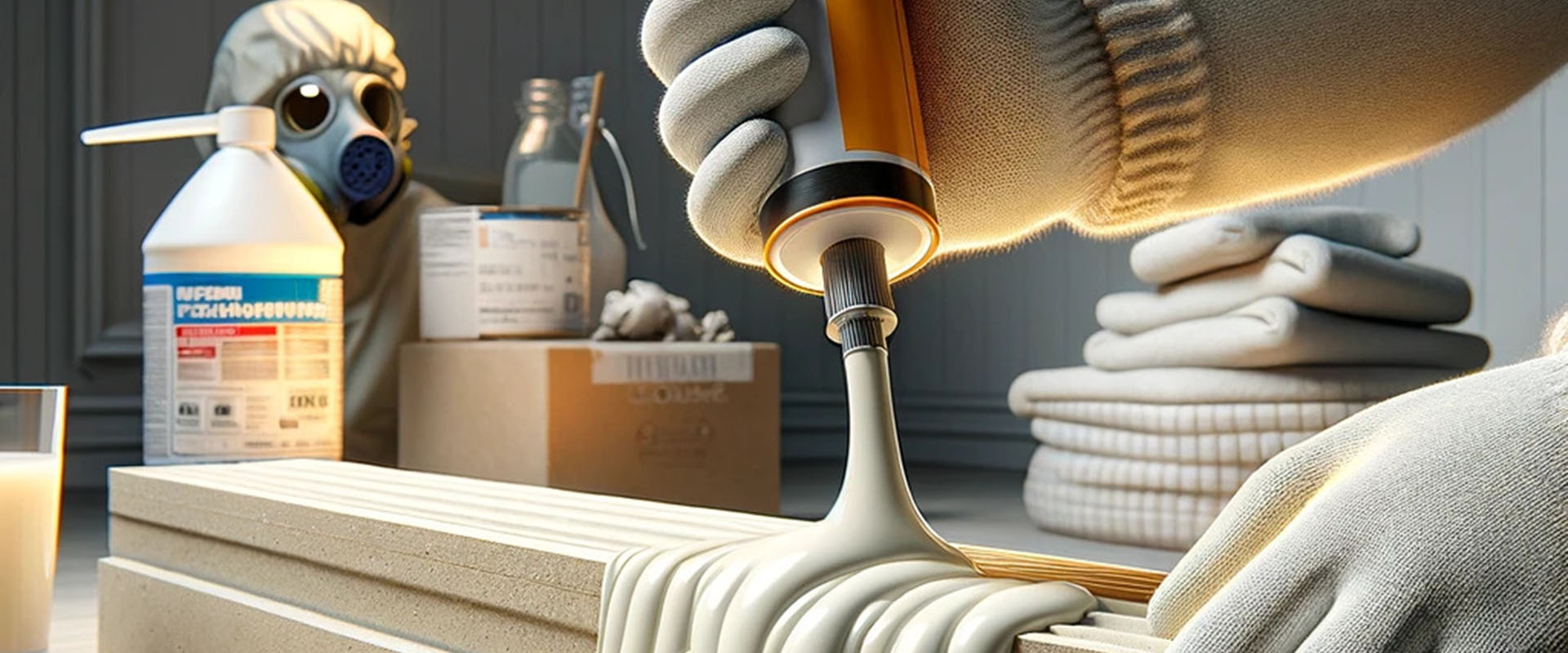Polyurethane foam, widely praised for its excellent insulating properties, sometimes raises questions about its water resistance. As pointed out in an article in La Presse, this material is not only an effective insulator, but also a remarkable air and vapour barrier. This guide will detail the water-repellent capabilities of polyurethane foam, clearing up homeowners and builders’ doubts about its use.
Through this article, we will look at the characteristics of polyurethane foam, its practical applications, its advantages, as well as the necessary precautions when using it. You’ll learn how this material can help improve your home’s energy efficiency while protecting it from the elements.
The Composition and Application of Polyurethane Foam

Polyurethane foam consists of polymers mixed with a gas, which creates a light and airy structure. Although it is moisture-resistant, this feature should not be confused with complete waterproofing. Foam comes in two main types: open-cell and closed-cell, each with distinct degrees of water permeability. Open-cell foam is permeable to air and water and is best suited for indoor applications where waterproofing is not a major concern. On the other hand, closed-cell foam offers much more significant water resistance, making it ideal for areas that may be exposed to moisture.
Technical Characteristics and Applications of Polyurethane Foam
Physical and Chemical Properties
- Composition: Polyurethane foam is made up of polymers bonded with expanded gas, giving it a light and airy structure.
- Water resistance: Although polyurethane foam is moisture-resistant, that doesn’t mean it’s completely waterproof. Its permeability can vary depending on the type of foam (open or closed).
Table 1: Types of Polyurethane Foam and Their Water Resistance
| Foam Type | Water permeability | Recommended Use |
|---|---|---|
| Open-cell foam | Air and water permeable | Interiors where tightness is not critical |
| Closed-cell foam | Water resistant | Areas exposed to moisture or requiring waterproofing |
Advantages and Limitations
- Thermal insulation: Polyurethane foam has a high R-value, which means that it provides excellent thermal insulation.
- Airtightness: In addition to blocking heat transfer, closed-cell foam can effectively resist water, preventing moisture from seeping into the structures.
- Limitations: While closed-cell foam provides protection from moisture, it must be properly applied and may require additional protection, such as gypsum board, for complete fire and water safety.
Installation and Precautions
Application techniques
- Surface Preparation: Make sure the application area is clean and dry to ensure optimal adhesion and effectiveness of the foam.
- Application: Use appropriate protective equipment when applying polyurethane foam, especially when using the sprayed shape which requires professional skills.
Safety Tips
- Fire protection: Cover exposed polyurethane foam with fire-resistant materials to prevent fire hazards.
- Ventilation: Ensure proper ventilation during application to avoid inhalation of potentially harmful chemicals.
Polyurethane Foam Review
To conclude, although polyurethane foam is not completely waterproof without additional protection, its properties make it a robust and versatile solution for many construction and renovation applications. By choosing the appropriate type for your project and following application and safety guidelines, polyurethane foam can offer a significant improvement in your home’s energy efficiency, while providing an effective barrier against air and moisture infiltration.



